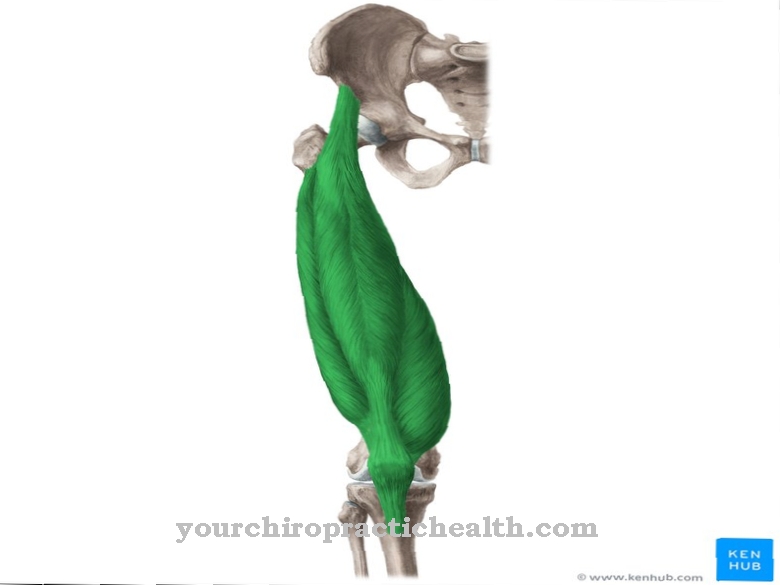The Narrowing of the esophagus or Esophageal stenosis is one of the less dangerous complications. If left untreated, however, not only can it become dangerous, it can also be a sign of other diseases. In this respect, the narrowing of the esophagus requires immediate medical treatment in any case.
What is an esophageal narrowing?

© pixdesign123 - stock.adobe.com
The human digestive system begins in the narrower sense from the stomach area, where the gastric juices contained there pre-digest the chewed meal and prepare it for absorption in the small and large intestines.
In order for the meal to get there, it has to pass through the esophagus. The narrowing of the esophagus, medical professionals speak of the Narrowing of the esophagus or Esophageal stenosis, is on its own less dangerous or at least easy to treat, but it can be a sign of the presence of other underlying diseases.
As the name suggests, esophageal constriction is a spatial constriction of the esophagus with the result that meals can no longer easily flow into the gastrointestinal area. Difficult swallowing in order to break through the constriction with pressure is one of the typical symptoms of esophageal stenosis.
In advanced cases, the food that was believed to have been swallowed unintentionally flows back into the patient's mouth and throat.
causes
As possible causes of Narrowing of the esophagus several factors come into consideration. According to medical observations, the narrowing of the esophagus is very often associated with reflux esophagitis. This refers to the unnatural backflow of acidic gastric juices into the esophagus.
The result is inflammation of the esophagus, which, unlike the gastric mucosa, is not designed for the pH value of the gastric juices. The esophagus eventually reacts to the corrosive gastric juices with inflammatory reactions. And it is precisely this inflammation that causes the narrowing of the esophagus.
But also formations from outside, i.e. outside the esophagus, can exert pressure on the esophagus and ultimately cause a narrowing. Finally, it must be examined whether a tumor in the esophagus is the reason for the narrowing. Congenital malformations of the esophagus, on the other hand, are among the rare causes of esophageal narrowing.
Symptoms, ailments & signs
The first signs of a narrowing of the esophagus are difficulty swallowing. Patients complain of pain and pressure when swallowing, and food particles often get into the windpipe and cause irritation or inflammation. As it progresses, the narrowing of the esophagus can lead to throat infections, heartburn and severe pain.
The pain is usually sharp to throbbing. The difficulty swallowing often leads to loss of appetite and consequently to reduced food intake and deficiency symptoms. Eventually, serious complications such as pneumonia and lung failure can occur, most of which are associated with hoarseness, loss of voice, and coughing up blood. Then at the latest, fever, malaise and other general symptoms set in, the nature and severity of which depends on the respective complication.
A severe esophageal stenosis can be fatal. The disease cannot usually be identified externally. Only later, as a result of side effects, can there be visible redness and swelling in the mouth and throat. Progressive pneumonia quickly leads to a sickly appearance with pale skin and sunken eye sockets.
If the esophageal constriction is treated early, the symptoms will subside completely within a few days to weeks. Long-term effects or a renewed narrowing of the esophagus are not to be expected.
Diagnosis & course
First clue for the presence of a Narrowing of the esophagus is the anamnesis: the questioning of the patient about his complaints. Against the background that serious illnesses with immediate need for treatment are also possible causes, it should not stop at a simple anamnesis.
Other treatments include ultrasound to identify possible abnormalities in the middle layer and esophagus. If there is a suspicion of inflammation, the esophagus can be examined as part of a gastroscopy.
This should always be assumed if the patient's blood count shows an increased number of white blood cells, which indicates the presence of inflammation as the cause of a narrowing of the esophagus.
Complications
A narrowing of the esophagus can cause aspiration, regurgitation, pain, and difficulty swallowing - symptoms that can lead to serious complications. Regurgitation can lead to inflammation and secondary diseases of the esophagus and nasopharynx. The symptom promotes complications such as heartburn and throat infections. As a result of the often severe pain, there is often a reduced food intake.
This can result in deficiency symptoms and dehydration. Difficulty swallowing increases the risk of such complications and can also lead to aspiration. Aspiration can lead to suffocation, especially in children. If the foreign body remains in the lungs, it can result in pneumonia. In the case of recurring aspirations, the lungs can collapse and even cause lung failure.
If the course is severe, a narrowing of the esophagus is fatal for the person concerned. The treatment itself usually runs without major complications. However, prescribed antibiotics can cause symptoms such as headaches, gastrointestinal complaints and skin irritations. Such preparations rarely trigger allergic reactions or cause serious complications in interaction with other drugs or diseases. There is a risk of esophageal injury during surgery.
When should you go to the doctor?
A narrowing of the esophagus should always be treated by a doctor. If left untreated, serious complications and complaints can occur, which can have a negative impact on life expectancy and also on the quality of life of the person concerned. An early diagnosis of the narrowing of the esophagus always has a positive effect on the further course of this disease.
A doctor should be consulted if the person concerned suffers from severe swallowing difficulties that do not go away on their own. It can also lead to severe heartburn, with the throat and mouth being affected by infections. Severe loss of appetite can also indicate the narrowing of the esophagus and must be examined by a doctor if it persists for a long period of time for no particular reason. Furthermore, many patients also suffer from hoarseness or even coughing up blood.
The narrowing of the esophagus can be diagnosed and treated by an ENT doctor or an internist.
Treatment & Therapy
The cause of one Narrowing of the esophagus is rarely found in a congenital malformation of the esophagus. For this reason, the medical gold standard is to identify and treat the underlying disease of esophageal narrowing.
In case of inflammation of the esophagus, after determining the pathogen, appropriate antibiotics are prescribed. By killing the pathogens, the inflammation and thus the narrowing of the esophagus subside by itself. If, on the other hand, the cause is a tumor, surgical removal of the tumor is obvious. If, contrary to expectations, the narrowing of the esophagus does not subside with the treatment of the underlying disease and no further causes should be considered, the esophagus must be "inflated". To do this, an elastic instrument is inserted into the esophagus and inflated.
The aim is to mechanically stretch the esophagus so that food can flow through again without any problems. Depending on the severity of the esophageal narrowing and the need, this treatment measure can be repeated at regular intervals.
You can find your medication here
➔ Medicines for sore throats and difficulty swallowingprevention
Due to the different causes that one Narrowing of the esophagus can have, there can be no general recommendation on how it can be prevented. While the underlying diseases such as the formation of a tumor are neither predictable nor can they be effectively prevented, the prophylaxis of an esophageal narrowing is completely ruled out.
The same applies to non-tumor-like formations in the middle field with an idiopathic background. Inflammation of the esophagus caused by pathogens alone can be prevented by following the general rules of a conscious diet in conjunction with sufficient physical exercise.
They are considered to be a guarantee of strengthening the immune system and, even in the event of an infection with pathogens, not to allow an outbreak of inflammation and thus also not to narrow the esophagus.
Aftercare
If the esophagus is narrowed, in most cases there are very few measures or options for direct follow-up care available to those affected. For this reason, this disease must be diagnosed and treated at an early stage so that there are no complications or other symptoms in the further course.
As a rule, it cannot heal itself, so that the person affected should consult a doctor at the first symptoms and signs of this disease. In most cases, the narrowing of the esophagus can be relieved by taking various medications. However, the person affected should always take the medication regularly and take the correct dosage in order to limit the symptoms.
When taking antibiotics, it should also be noted that they should not be taken together with alcohol. Furthermore, regular checks of the esophagus are very useful in order to detect and treat further damage at an early stage. The narrowing of the esophagus does not always reduce the life expectancy of the person affected. However, the further course is strongly dependent on the severity and also on the cause of the disease, so that a general prediction can usually not be made.
You can do that yourself
If the esophagus is narrowed, any strain in the neck area should be avoided. This could cause further inconveniences that are of little use in the healing process.
The intake of the food intake must be optimized and adapted to the possibilities of the organism. As a result, meals should be severely chopped in the mouth. The consumption of soups or pulpy foods is particularly recommended in acute phases. The grinding process of the teeth should be intensified so that no larger pieces of food can get into the throat. In addition, throat irritation should be avoided completely. The consumption of nicotine is to be avoided actively or passively. Places where there are gases or dyes in the air should not be visited. An oxygen-rich environment and good ventilation of the rooms are important so that the breathing supply is optimized. When staying in cold environments, the neck area must be adequately protected by wearing clothing.
Caution should be exercised when dealing with people who have a viral illness. The transmission of the disease can lead to esophageal complications, from which the person concerned should protect himself. Likewise, strong use of the voice should be avoided. The process could cause irritation in the neck area.

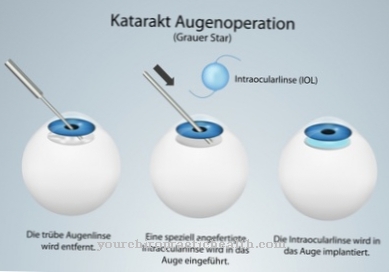
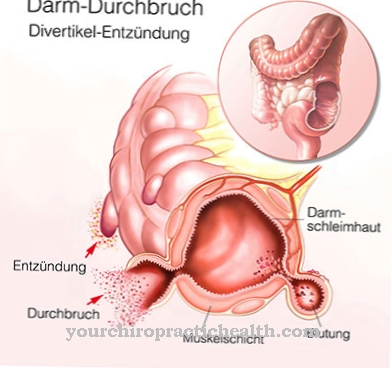
.jpg)

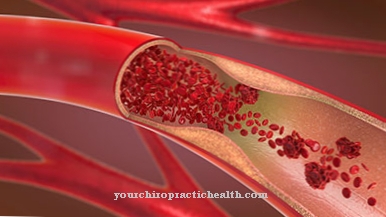



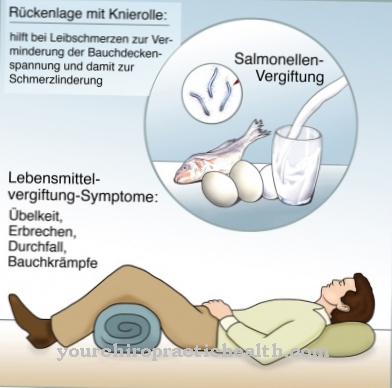

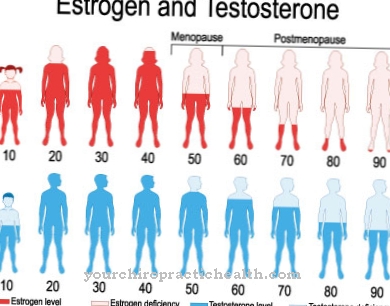




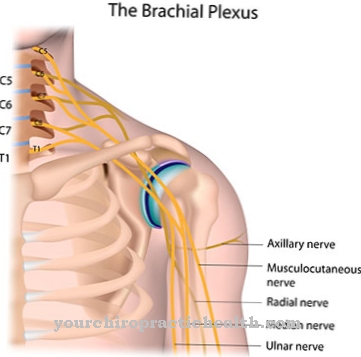
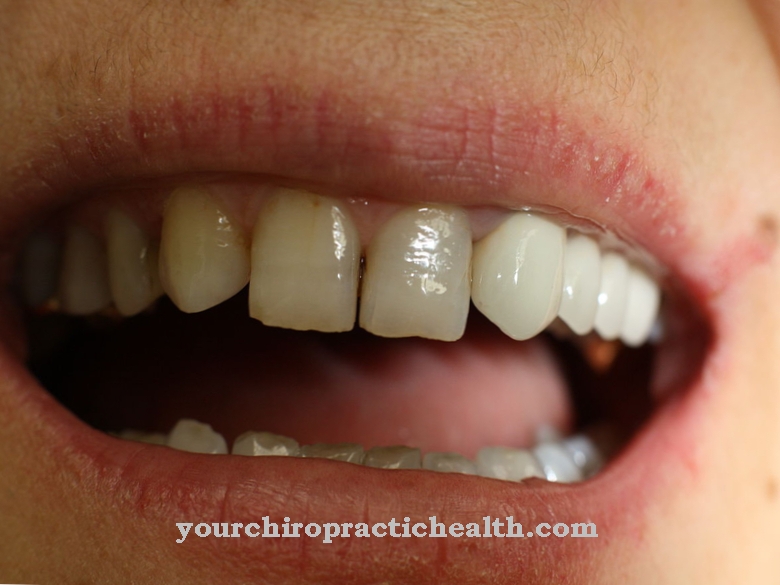

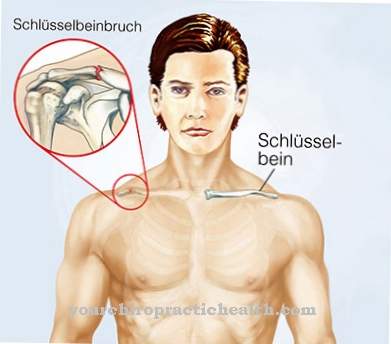

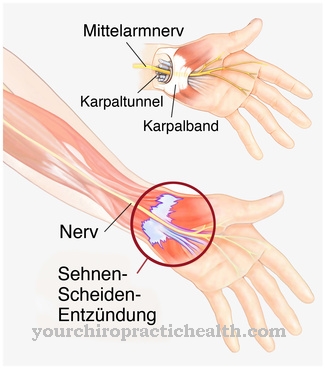
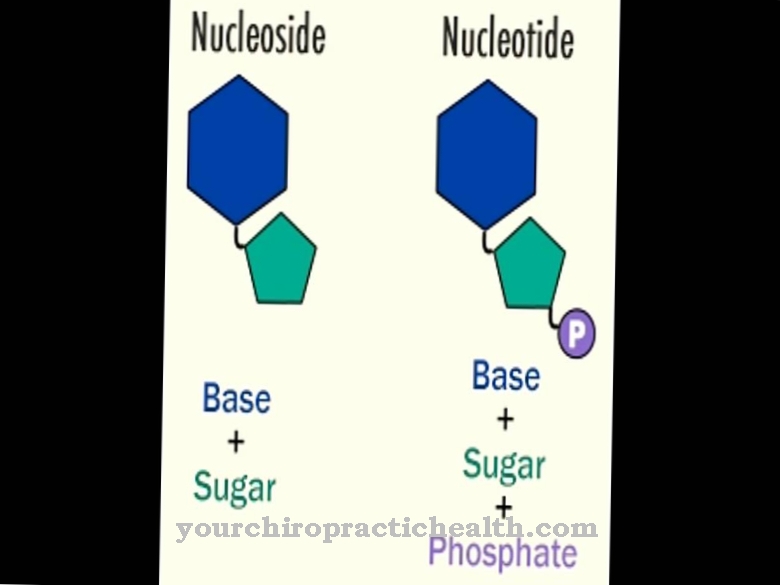

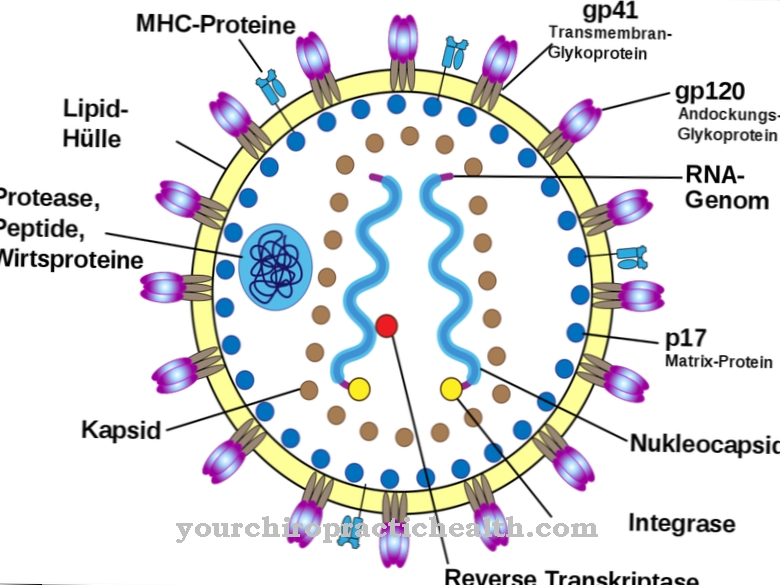
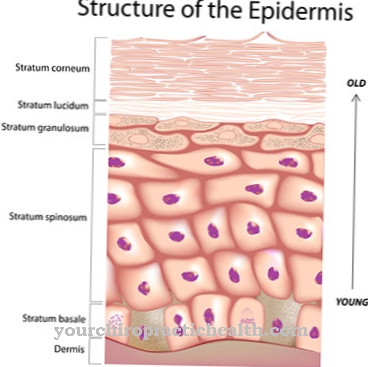
.jpg)
